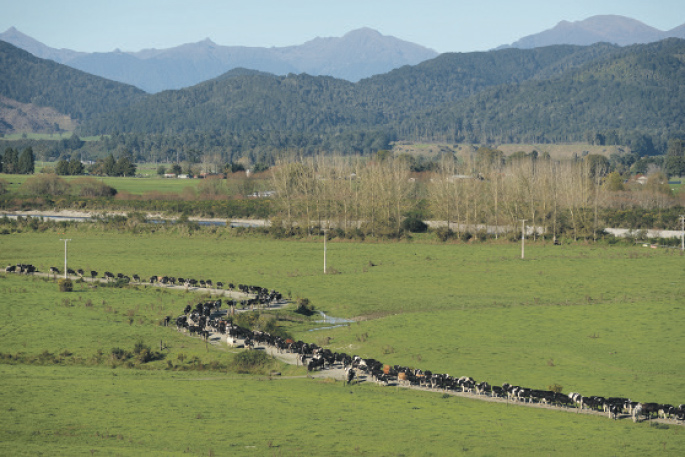Lameness in dairy cows is a multi-faceted problem. It is also highly misleading; often the occurrence of lame cows is not directly associated with the cause – resulting in further confusion.
The team at Sollus talk about the three R’s of lameness prevention; Races, Rest and Ration. Management of these R’s is critical for success.
The quality of races and focus on them in New Zealand is second to none. Races should be dry, firm, smooth, wide and with little to no impediments likely to cause bunching within the herd. Management of the cows on the race is also important. The amount of time on a race needs to be minimized, yet cows should not be hurried.
Rest is a critical component of lameness prevention as it allows hoof blood flow, rumination, taking pressure off the hoof and is strongly linked to a well fed cow. Rest should be at least 14 hours per day. Cows graze for approximately eight hours and with only 24 hours in a day, this leaves two hours for milking! Remember that is from when they leave the paddock until when they return.
The last ‘R’ is ration, or the feed. Acidosis is well-known for causing several types of lameness. Acidosis in spring, usually caused by the combination of low fibre grass and starch based feeds, can cause a weakness in the hoof white line that isn’t a problem until it reaches the surface of the hoof, usually three months later.
Hungry cows also don’t rest very well. They spend excessive time grazing, waiting at the gate and even fighting for access to feed on feed-pads, potentially damaging their hooves on the concrete. Cows that are hungry will often gorge when presented with feed, increasing the risk of acidosis as the rumen undergoes massive fluctuations in digestion patterns.
Ration is one of the easiest areas to help prevent lameness. Numerous studies have shown the inclusion in the diet of high-quality forms of zinc, copper and biotin have been successful at aiding in the prevention of lameness.
Getting to the bottom of your lameness issues is not as easy as laying rubber in the cow shed. You need to look at your system on a year-round basis and keep in mind the three R’s.



0 Comments
Leave a Comment